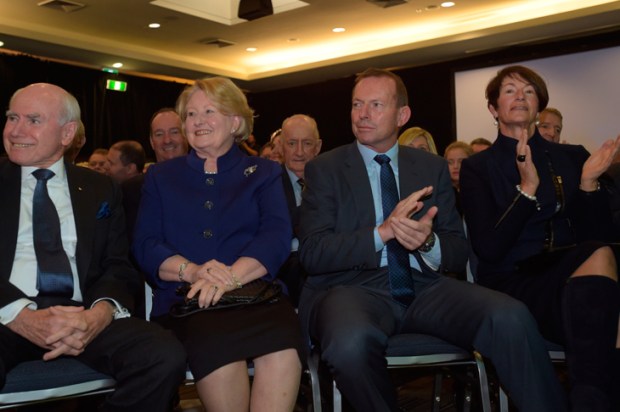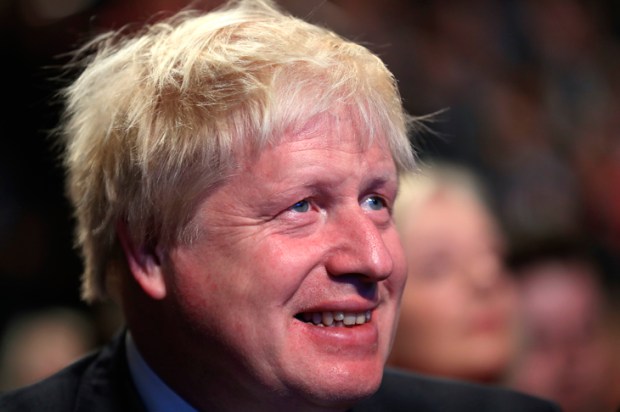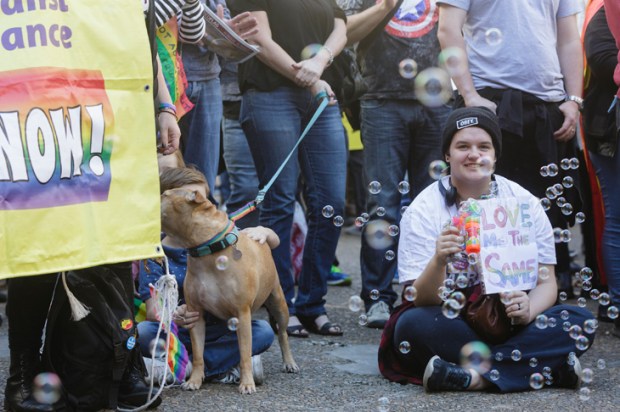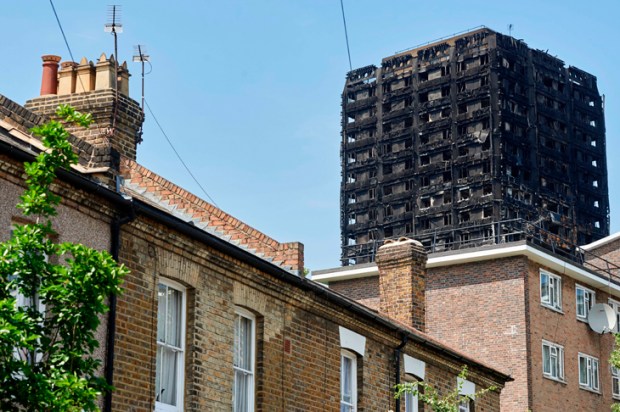Your body belongs to the nation
For a bloke who doesn’t mind a bit of regulation – you may recall my ‘no contraception, no dole’ gambit – I really object to the public health lobby telling us how to live when so many of their prescriptions don’t save a penny.
The public health lobby in Australia, and around the world, says that drinking, smoking, gambling, gluttonous fat slob ‘sinners’ are ruining the nation. Stopping them would save billions of dollars. Neither of these assertions is true. A collection of health and allied officials ensconced in health bureaucracies, universities and non-government organisations, acts as if your body belongs to the nation. It does not.
To paraphrase Australian economist Jonathan Pincus, the public health lobby are past masters at making ‘each person’s decisions a matter of momentous financial consequence for others’, which ‘gives them an excuse to control those decisions’. There are lots of good stories about how public health interventions do more harm than good. Here are a few of my favourites.
Gouging governments
If you have a hammer, you treat every problem as a nail. The economist’s and public health activist’s hammer is taxation. Last May, listening to Treasurer Scott Morrison announce a further four annual 12.5 per cent increases in tobacco excise, I scratched my head because it sounded familiar. I checked the Australian tax office website and, sure enough, found that the very same announcement had been made in 2013.
This was confirmation that the government was in the middle of imposing increases in tobacco excise eight years in a row, cumulatively.The Treasurer in the 2016 budget did not even bother to tout any health benefit from further taxing tobacco. The fact is that few people will give up smoking as a result of the new taxes. Scott Morrison was after money, not health benefits. He was gouging.
Alcohol lock outs
Various state governments are trying to combat drunkenness and loutish behaviour in certain precincts and have come up with the notion of locking drinkers out of (and into) venues. Just how bad the problem is needs to be put in perspective. A recent analysis of all current statistics on reported and (estimated) unreported alcohol-related assaults in Australia and the estimated number of ‘nights out’ found that only 0.11 per cent of the nights-out result in alcohol-related violence. In other words, 99.89 per cent of drinking occasions remain violence free. As a policewoman observed, based on several years of weekend patrols in a major Australian city, ‘I have never met a violent drunk who was not also violent when sober’.
The Newcastle experiment, which included lockouts from 1 a.m. and a zero tolerance approach to misbehaviour, appeared to reduce violent behaviour. The success has not been repeated in other areas such as Geelong. The reason appears to be that the Newcastle police employed another strategy – a dramatic increase in bail compliance checks.
As a Newcastle police superintendent explained: ‘five per cent of the population causes 90 per cent of the problem … Our bail compliance checks have gone from 40 to 400 a month.’ Every night, police in Newcastle systematically check that offenders who are out on bail or probation and subject to curfew are not out on the street.
The milkman’s story
Some school administrators in a district in Oregon USA were so worried about school kids putting on weight that they decided to remove chocolate milk in the school tuckshops and offered skim milk instead.
The reasoning was that chocolate milk could have up to twice as much sugar as ‘white’ milk. Removing chocolate milk from school cafeterias may, therefore, reduce childhood obesity.
The trouble, however, is that milk has nutrients essential for bone growth and development. Any milk is better than no milk. A study of the effect of removing chocolate milk had astounding results. Among the schools involved in the experiment, eliminating chocolate milk caused a 10 per cent decrease in average daily milk sales, a 10 per cent increase in the cost of milk, and a 30 per cent increase in milk waste.
In addition to these harmful changes, the researchers asked whether changing the availability of chocolate milk caused children to compensate for not drinking milk by eating more at school and snacking after-school. The research did not study whether students compensated at lunch, or after school, by consuming higher calorie beverages or snacks, but they were very suspicious.
From Coke to Coors
One of my favourite intervention stories was a six-month field experiment conducted in a small American city where half of the number of households in the study faced a 10 per cent tax on calorie-dense food and drinks, and the other half did not.
Again, the results were enough to break the heart of any good public health advocate. The tax did result in a one-month decrease in soft drink purchases, but there was no decrease over a three-month or six-month period. The clincher, however, was that those households that purchased beer ended up buying more beer. I kid you not.
The study was consistent with many, many others. Where a specific food tax is imposed, consumers substitute their purchases. Households that bought a lot of beer bought even more beer. Households that bought a lot of soft drinks bought even more.
Got something to add? Join the discussion and comment below.
You might disagree with half of it, but you’ll enjoy reading all of it. Try your first month for free, then just $2 a week for the remainder of your first year.













